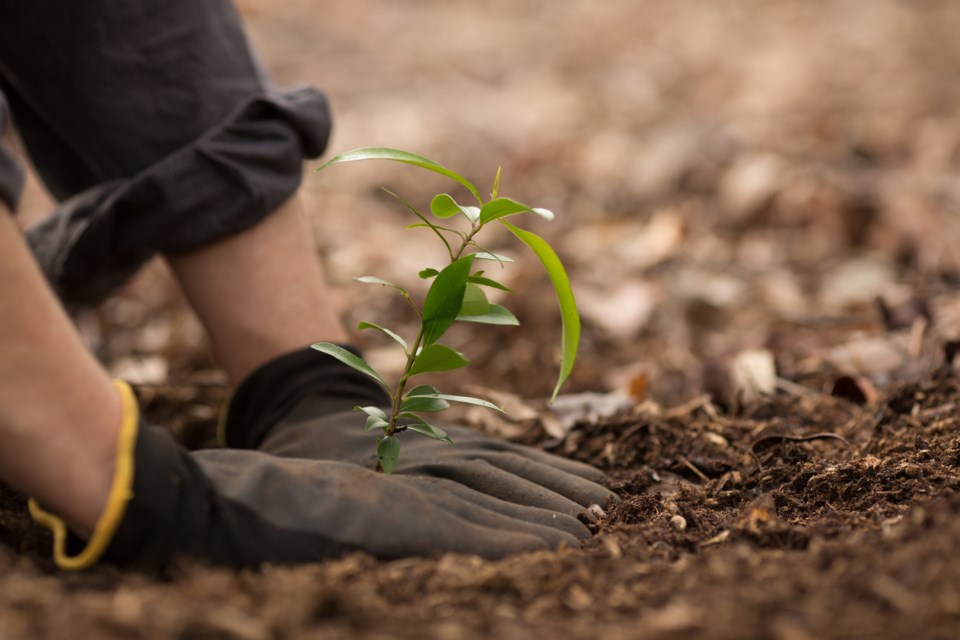York Region marked the largest number of plantings in a single year since 2011 with the 110,391 trees and shrubs planted in schoolyards, backyards, municipal parks, private forests, conservation areas, along streets and in the York Regional Forest in 2022.
Other highlights of the regional municipality’s greening strategy in 2022 include:
- 6,000 pollinator-friendly plants and 900 pollinator seed mixes planted or distributed to create habitat for butterflies, bees and other pollinators;
- 13.7 hectares (34 acres) of land secured to protect and enhance natural areas;
- 123 outreach events (21 virtual) to inspire stewardship and action held with 8,621 participants.
“York Regional council is committed to our greening strategy, which supports a healthier, more resilient and sustainable natural environment and continues to enhance our green spaces,” said Wayne Emmerson, York Region chairman and CEO, in a news release. “Since the greening strategy was first developed in 2001, we have made remarkable progress to plant a legacy for future generations, provide cleaner air and water, habitat for wildlife and mitigate impacts of climate change.”
In 2019, York Region was awarded $10 million in funding through Infrastructure Canada’s Disaster Mitigation and Adaptation Fund toward implementing a $25-million natural infrastructure project over eight years. Annual tree planting achievements and conservation land acquisitions through greening strategy programs contribute to its funding commitments.
In 2021, York Region was awarded $225,000 in funding from the federal Economic Development Agency for Southern Ontario and the Canada Community Revitalization Fund to install nine pollinator meadows along regional rights-of-way, creating habitat for butterflies, bees and other insects. The first pollinator meadow was installed in Richmond Hill.
“I am encouraged to see more opportunities for residents, businesses and partners to work together and get inspired making York Region a greener and more resilient community,” said Richmond Hill Mayor David West, chair of the region’s public works environmental services, in a news release. “The greening strategy is wisely using investments from senior levels of government to further York Regional council’s commitment to protect and sustain the natural and built environment to reduce our ecological impact.”
York Region collaborates with partners and local cities and towns to manage impacts of invasive species on trees and natural areas, increase canopy and woodland cover under the forest management plan and implement the Rouge National Urban Park Management Plan.
Learn more about York Region’s greening strategy here.
